As appeared in CityAM on 14 July 2022, read here.
As inflation hits the highest levels in decades in the UK and across the world, and the cost of living crisis is eating up the household budgets of millions of Brits, many industries are increasingly suffering.
The advertising space is no exception. Time for City A.M. to catch up with Nick Waters, the chief executive of Ebiquity.
This City firm analyses media buying data from across the market covering cost, quality and numerous other metrics, so it is safe to say Waters’ company is on top of buying decisions and sector behaviours and has therefore a good feel for how the market is doing and where advertising money is flowing.
Inflation. A major headache for everyone at the moment. How is this impacting the advertising space and ad buying sector?
Oh yes, there is the major issue of price inflation; if a media price is inflating for any given channel, are the advertisers still getting value for money from that channel? As that pricing mix changes, should their investment strategy change? How do they continue to reach their audience cost effectively? We then have a series of challenges relating to transparency, particularly the digital advertising supply chain.
It has been well documented that in the open programmatic exchange perhaps only 50 per cent of advertisers’ investment actually reaches a publisher’s audience. So, a lot of the expenditure is filtered out on the way, whether it be by ad tech providers or fraudulent parties, so there’s a real lack of transparency in the digital advertising supply chain.
Let’s dive a bit deeper. What is the impact market conditions are having on advertisers and the choices they make?
From early September last year most conversations I had with clients related to inflation. Inflation was feeding through into their businesses through higher input prices (commodities, raw materials, transportation etc) and of course we now have energy prices feeding through hugely into the manufacturing process.
“The first question for brand owners is whether they can pass on price increases to their customers.”
Clearly stronger brands are best positioned and we have seen the likes of Unilever, P&G and Nestle come out and say that they are passing on price rises to their consumers. However, it is only the stronger brands that are able to do that, the weaker ones find they cannot, lose market share, and suffer erosion of the bottom line as a result.
And what about linear v streaming?
We are seeing linear television audiences continue to drift away to streaming services, many of which are subscriber funded and not advertiser funded – most notably to Netflix and Amazon. As linear television audiences decline, continued advertiser demand pushes prices up creating a challenge for advertisers. They need advice on how to rebalance their media mix to try and retain the same degree of effectiveness without having to incur such strong price inflation.
What are you seeing in terms of consumer advertising trends, particularly what’s driving the acceleration of consumer adoption of digital channels?
For the last decade consumers have been adopting digital usage for more parts of their lives. If you think about how people source information now, how they buy, how they run their lives, more of it has been migrating online for quite a period of time. That trend accelerated during the pandemic lockdowns. The shift to online purchasing is permanent. I think we can also say the shift to streaming viewing is permanent but there’s a caveat now that consumers are facing significant cost of living challenges.
“While there has been a bit of a correction as life has gone back to normal, it’s not gone back to pre-pandemic ways.”
Nick Waters
Netflix lost over 200,000 subscribers in the first quarter of this year. With the fragmentation of the streaming market in an economic downturn, households will take a ‘portfolio’ approach to blending ad-funded, ad-free and hybrid services, meaning media plans will get more complex. The consumer behaviour that accelerated online during the pandemic has rebalanced a little bit and that rebalancing is being exacerbated by the cost of living issues.
Let’s move on to regulation. Recent rulings by the Belgian and Dutch protection authorities that the IAB’s ‘Transparency and Consent Framework’ is unlawful and breaches GDPR raises major questions for the whole of the European on-line advertising market. How serious is the issue for advertisers and what are the wider implications for the protection of consumer privacy?
Since GDPR was introduced it has impacted a lot of businesses, very notably in the online advertising industry. There had been a lot of development work to target consumers using personally identifiable information. That effort was stopped in its tracks as soon as GDPR was introduced and the industry went back to the use of cookie based targeting.
But the question remained of whether the use of cookie based targeting met the standards of GDPR. We conducted our own study, in partnership with Usercentrics, to understand the prevalence of 3rd party marketing cookies being fired prior to consumer consent.
Our study found that almost 33% of 3rd party marketing cookies were fired before consumers gave consent. The magnitude of the breach would seem to be significant and the whole way in which advertising is served to consumers needs to change as a consequence.
“I don’t think the answers have been worked through yet, but clearly the IABs approach has been found to be severely lacking and it has lost a lot of credibility as a result.”
Nick Waters
We are also seeing a number of other significant changes in online targeting; Apple removed its identifier for advertising early 2021 and Google has made a number of announcements about deprecating the third party cookie, although it has actually had to push that back a couple of times because advertisers are really struggling about how to target as a result.
What seems clear is that a whole new regulatory framework is required. We can expect to see first party data and contextual targeting strategies gain in usage and importance. It will also be interesting to see what emerges from the UK government’s consultation on online advertising.
Finally, let’s zoom in on your company. You’ve recently made some acquisitions, one in the US and one in Europe, can you talk us through the rationale of these acquisitions and what you see as the main challenges of building a successful, international network?
We aim to deliver a consistent service around the world. Although media is a nationally and locally traded commodity, the service we provide is essentially the same around the world. We help brand owners increase returns from their media investments, and so improve business performance.
The acquisition in the US was about scaling our business in the world’s largest advertising market. It has increased our penetration of large US corporate advertisers significantly. The business also has an excellent technology platform which appealed to us strongly.
“As a company that generates value from analysing data it is essential, we have quality technology platforms that enable us to ingest, clean, collate and organise large quantities of data efficiently.”
Nick Waters
The “European” acquisition really is a globally distributed business operating off a high quality, globally scaled, technology platform. The operating model and technology made this opportunity highly attractive. It provides us with the necessary base from which to drive greater efficiency in the delivery of our services.
One final question, since Ebiquity advises over 70 of the world’s largest advertisers, what are the challenges such companies are facing in a market that is becoming more complex and challenging for brand managers everywhere?
There is a wide range of challenges at this time. The biggest one is that brand managers are responsible for investing significant sums of their company’s money in the media markets. With such a massive proliferation of channel choice it has become extremely difficult for them to understand firstly, what value they’re getting from each channel and secondly, what effect investment in any given channel is having on the brand and the business.

